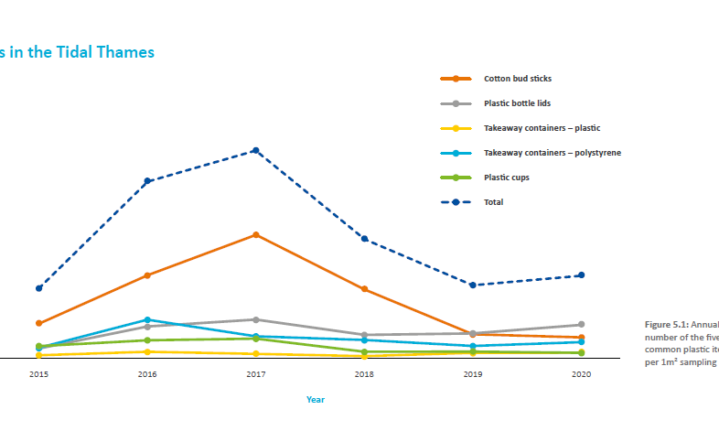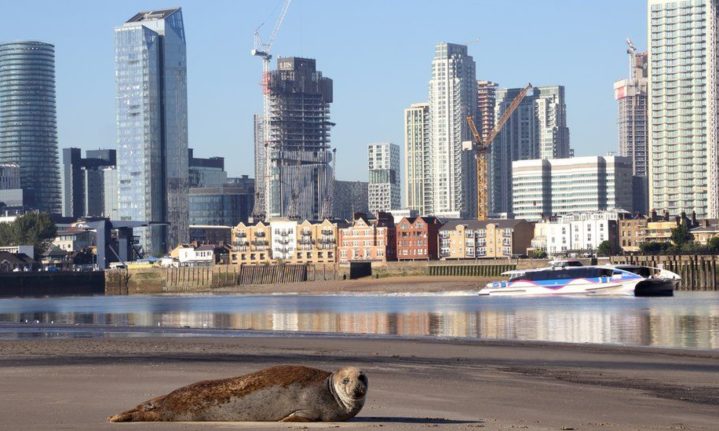The results of the first-ever complete health check of the iconic River Thames in England was released on 10 November, which showed promising signs of the river returning to its ecological glory.
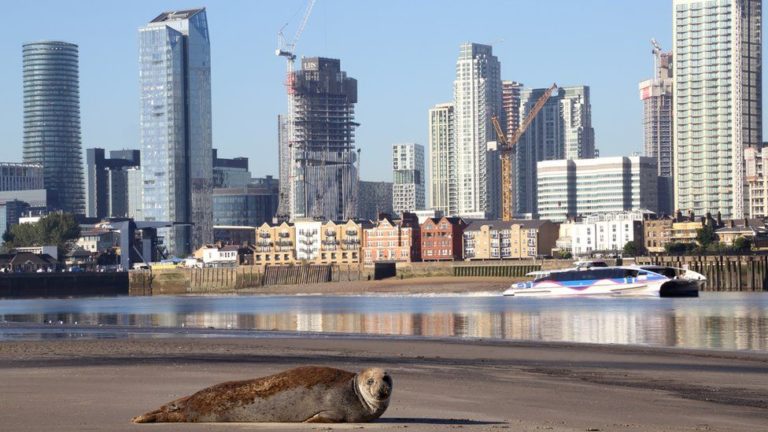
Picture: ZSL
The State of the Thames 2021 by the Zoological Society of London (ZSL) formed part of the 10-year review of the Thames 2100 plan, which advocates adapting to rising sea levels by thinking holistically about riversides and incorporating new wildlife habitats and environmental improvements.
The report highlighted the effect of dedicated conservation efforts, which provided an overall positive picture. There was a noted increase in the range of bird species, marine mammals, as well as natural carbon-capturing salt marshes.
Surprising species that seemed to show astonishing recoveries were seahorses, eels, seals and even sharks. This includes the starry smoothhound and spurdog sharks, with the latter having venom secreting spines on their dorsal fins.
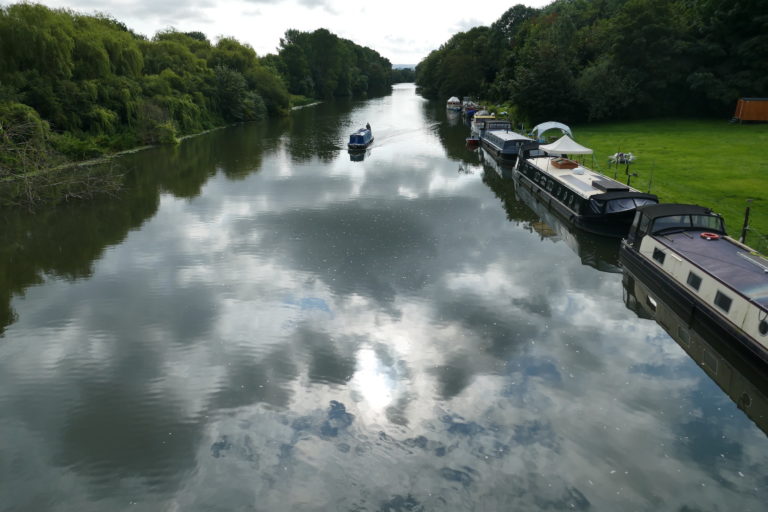
Restoring the vegetation along the river’s banks is vital in restoring the Thames ecological integrity. Picture: Flickr Commons
The Thames didn’t always show promising signs. In 1957, parts of the river were declared biologically dead, with the effects of urban development destroying wetlands and a medieval sewage system unable to cope with London’s growth, parts of the river became eyesores.
The situation did improve from 1960 however, with the expansion of the sewage treatment works, limits on water abstraction and industrial discharges.
The ZSL began collaborating in 2003 to restore the Thames to a biodiverse estuarine ecosystem, which could prove essential in mitigating the effects of climate change, demonstrating the intrinsic value of natural services to humans.
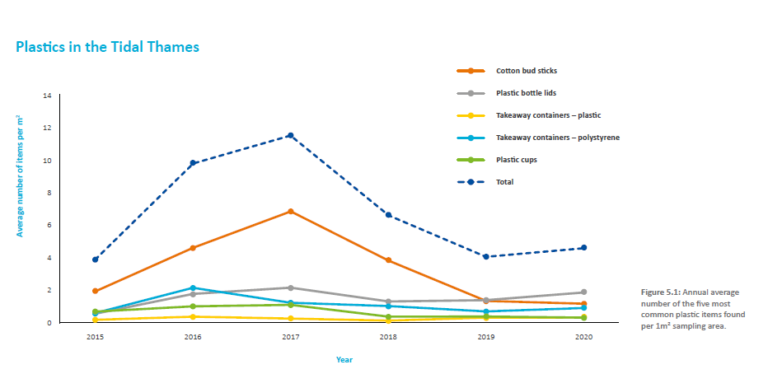
Plastic pollution proved to be a major problem in the Thames, with the report revealing that the average density of microplastics in the Tidal Thames was estimated at 19.5 plastics per m³ and, at any point in time, up to 94,000 microplastics per second are flowing down the Thames through Greenwich. Picture: ZSL
Estuaries are some of the world’s most neglected ecosystems, yet they provide us with clean water, protection from flooding and an important nursery site for fish and other wildlife, and are vital in building a strong and resilient future for nature and people.
READ: 8 wonderful wetlands in South Africa
The tidal Thames supports over 115 species of fish, 92 species of bird and almost 600 hectares of salt march, which is important for sequestering carbon and providing a habitat for a range of wildlife.

Mammals such as seals also showed marked increases along the tidal Thames. Picture: ZSL.
‘While there have been heavy, historic losses of the natural habitat to urban development, ZSL is working closely with partners to create new estuarine habitat including native oysters, seagrass and saltmarsh habitat,’ says Alison Debney, Senior Conservation Programme Manager at ZSL.
Riverside developers have since been encouraged to incorporate bioengineered solutions to mimic foreshore habitats to encourage vegetation growth.
The restoration work has even benefited eel migration in the Thames, where 230km of tributaries have been reconnected, as well as 87km of unobstructed tributaries for the migration of fish species, whose population growth is testament to the success of the project.
‘The Environment Agency is committed to reaching net-zero by 2030 and improving water quality in our rivers,’ Said Environment Agency Thames 2100 advisor, James Brand. ‘The Thames Estuary 2100 Plan advocates adapting to rising sea levels by thinking holistically about our riversides, incorporating new wildlife habitat, and other environmental improvements as we work in partnership to upgrade flood defences’
ZSL noted that the report demonstrates that climate change is impacting the tidal Thames, where on average, summer temperatures in the Upper Tidal Thames have been increasing by 0.19°C per year. ZSL is therefore calling on world leaders to unify and tackle biodiversity loss and climate change at the current COP26 in Glasgow.
ALSO READ
Four tree species have been added to South Africa’s National Forest Act









